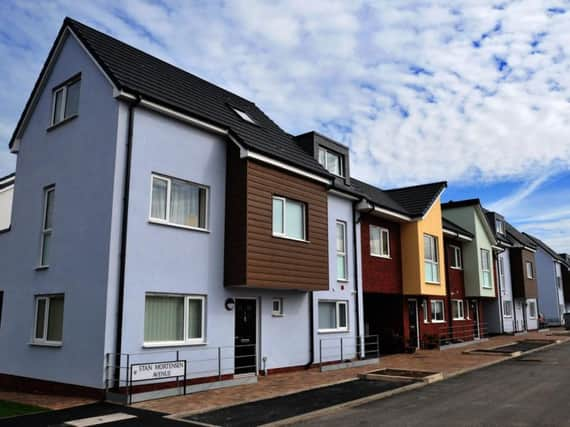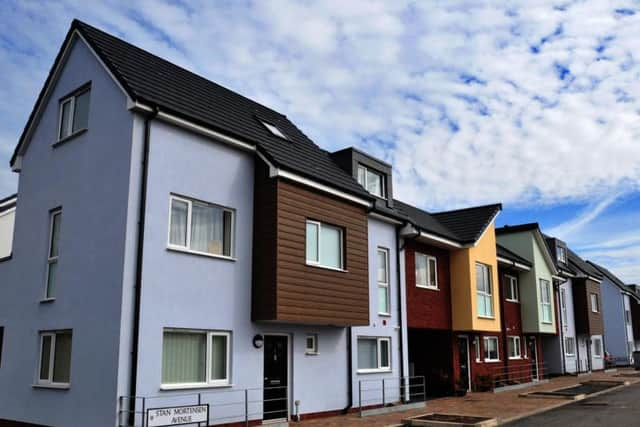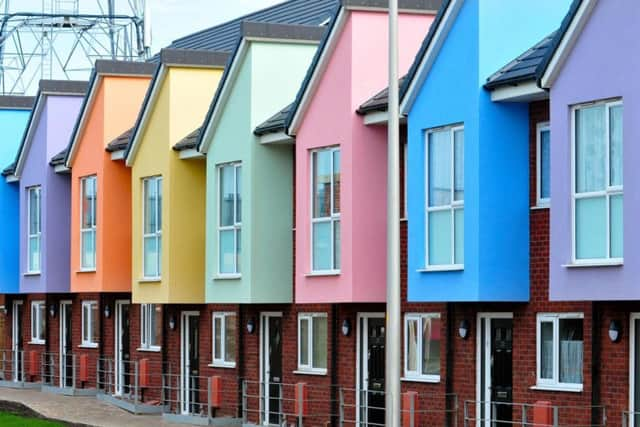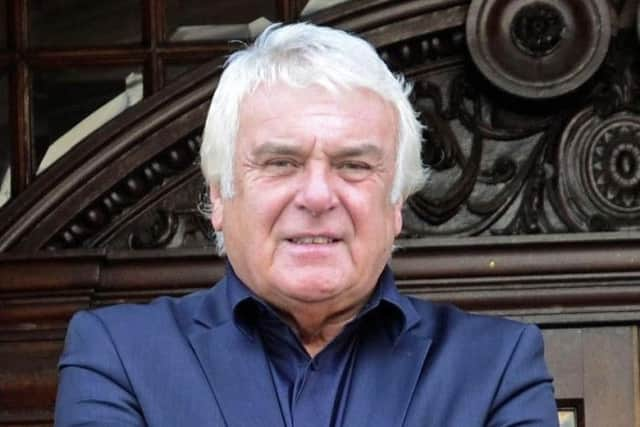Blackpool ahead of government targets for housing


They were published amid talk of a national housing crisis, with Prime Minister Theresa May saying we need to fix the “broken” housing system and build even more houses, with four in five areas failing to hit soft targets set by Whitehall.
But even though a figure of 151 per cent was recorded over the past decade against the Government aim of 93 new homes every year, the resort is yet to see a return to house building rates from before the economic crash of 2008, analysis revealed.
Advertisement
Hide AdAdvertisement
Hide AdIt also made clear a north-south divide, with many areas of the north building faster and in greater volumes than in the south. In particular, London is struggling to meet long-term demand, especially in some of its high-density, built-up boroughs.


Coun Tony Williams, the Conservative leader of the opposition at Blackpool Council, said: “Are we building too many homes? That’s the question. Is there a need and demand? I would be interested to see how many of the home are still empty. Are we getting the occupancy of new houses we are building?
“I think we are over-developing quite honestly, and not in the right areas.”
He said the council, which does not profit from the sale of privately-built homes but does collect council tax, should focus on improving the quality of social housing, which are rented out through arms-length company Blackpool Coastal Housing, in areas like Central Drive and Grange Park.


Advertisement
Hide AdAdvertisement
Hide Ad“A lot of these areas are not getting the investment they deserve,” he said. “I hear horror stories about cracks in the walls, damp, and leaky plumbing.”
The government said 296 new homes are needed in Fylde each year, with 96 per cent of the target hit over the past decade. In Wyre, 86 per cent of a target of 313 was hit.
Fylde’s head of planning and regeneration, Mark Evans, said the council fell just short because its “10 year average figure is severely affected by the effects of the recession and the subsequent slow economic recovery, during which house builders have not been able to build and sell enough new homes.”
He said the figures show the borough’s “housing market is strong, and that the council will be in an equally strong position going forward to ensure the type of houses needed in Fylde – size and tenure – are built in the right places.”


Advertisement
Hide AdAdvertisement
Hide AdA spokeswoman for Wyre Council said it fell short because the “borough has a number of constraints, including highway capacity and areas of flood risk, and these two constraints severely restrain where the houses can be built, and this has a consequential effect.”
She added: “New homes are required to cater for the needs of increasing number of households. This results from growth in population, older persons living longer, immigration, single people forming separate households, families splitting and forming two separate households as well as other factors.”
In nearby Preston, 185 per cent of a 225 new homes-a-year target was achieved, while the authority in Chorley disputed the figures, which said just 84 per cent of a target of 634 homes every year – nearly triple the target in Preston – was hit.
It said it has been expected to build 417 homes a year since 2003/04, with the figure of 634 yet to be confirmed. It will “continue to lobby the government to reconsider this,” a spokesman said, adding there was a surplus of 1,299 homes, which are needed to “cater for a growing population and to enable people who have grown up locally to live locally – although we feel the proposed target for Chorley is too high.”
Advertisement
Hide AdAdvertisement
Hide AdCouncil leader Alistair Bradley said: “When we speak to residents one of the biggest concerns they have is the number of new homes being built in Chorley and the pressure it is putting on things such as schools, doctors surgeries and the roads.
“We’ve been consistently hitting our house building targets and it’s time some of the other boroughs in Lancashire took some of the burden.
“The latest housing consultation from the Government does the exact opposite and is actually looking to drastically increase our numbers – not only will we have the highest target in the county it looks like we will also be the only local authority in Lancashire to see an increase in our target. Then we have other parts of the county, such as East Lancashire, which wants to encourage more development and their targets are going to remain low. It’s absolute madness.
“What’s happening is we’ve got people looking at numbers on a sheet of paper in London and perversely thinking that those who have been able to build lots of houses so far are able to deliver yet more and it’s unfair to both us and others.
Advertisement
Hide AdAdvertisement
Hide Ad“We don’t mind doing our bit but we need the infrastructure first, so new schools, more health centres, et cetera. It’s like looking at those who have got the biggest balloon and asking them to blow it up a bit more…at some point it will pop.
“We successfully defended the planning appeal earlier this year for Pear Tree Lane and my fear is if we have to build even more homes it will mean we will have to look at allocating more land in rural areas or even green belt land because we will struggle to provide the housing supply in our urban centres.
“It’s important that the government does what it is telling us and let local people decide where new homes should be built but my experience tells me they will say one thing and do another.”
South Ribble Council recorded a figure of 123 per cent against a target of 228.
